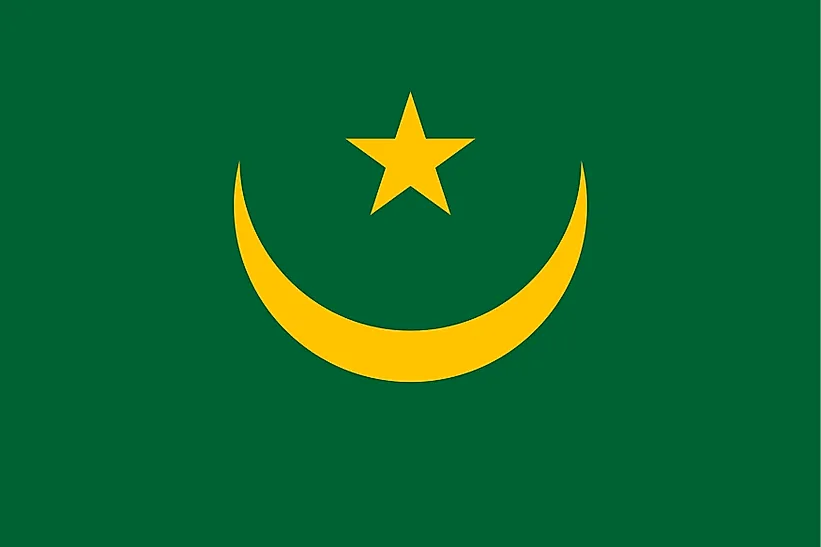
Mauritania
| Continent | Africa |
| Capital | Nouakchott |
| Population | 3,677,293 |
| GDP | $16.71 Billion |
| GDP per Capita | $4,400 |
| Dialing Code | +222 |
| ISO Code (2-letter) | MR |
| ISO Code (3-letter) | MRT |
Mauritania Landscapes






About Mauritania
Welcome to Mauritania, a nation where desert landscapes meet Atlantic shores. With approximately 4.6 million people occupying 1.03 million square kilometers, Mauritania combines remarkable Saharan heritage with coastal resources, standing as a bridge between North and Sub-Saharan Africa.
Geographic Features and Natural Beauty
Mauritania’s geography encompasses vast Saharan expanses in the north and east, transitioning to Sahelian savanna in the south. The country features dramatic desert landscapes, including the Adrar Plateau with its ancient caravan cities, and a 754-kilometer Atlantic coastline.
The landscape includes shifting sand dunes, rocky plateaus, and coastal wetlands. The country’s varied geography creates distinct ecosystems from desert to marine environments, supporting unique biodiversity.
Protected areas include Banc d’Arguin National Park, a UNESCO World Heritage site crucial for migratory birds, and the ancient oasis city of Ouadane. The country’s commitment to environmental protection focuses on preserving both desert and marine ecosystems.
Cultural Heritage and Traditions
Mauritanian culture represents a blend of Arab-Berber and African influences. The country’s heritage includes ancient desert cities, traditional nomadic lifestyles, and distinctive musical traditions.
Traditional arts include poetry, particularly hassani poetry, and traditional music featuring the ardine (harp) and tidinit (lute). The country’s oral traditions preserve historical knowledge and cultural values through generations.
Mauritanian cuisine reflects both desert and coastal influences, featuring dishes like thieboudienne (fish and rice) and camel meat specialties. The tradition of tea ceremony remains central to social life and hospitality.
Historical Journey
Mauritania’s history spans from ancient trans-Saharan trade routes through various empires to independence in 1960. The country’s territory includes important historical trading cities and cultural crossroads.
Significant periods include the Ghana Empire’s influence, Almoravid dynasty, French colonization, and post-independence development. The country’s evolution from a primarily nomadic society to a modern state demonstrates significant adaptation.
Modern Economic Landscape
Today’s Mauritanian economy combines traditional sectors like fishing and mining with emerging industries. The country has significant iron ore deposits and fishing resources along its coast.
Recent initiatives focus on economic diversification, infrastructure development, and sustainable resource management. Mauritania’s strategic location and natural resources provide opportunities for development.
International Relations and Global Position
Mauritania maintains active participation in regional organizations while serving as a bridge between the Maghreb and Sub-Saharan Africa. The country’s efforts in counter-terrorism and regional stability contribute to international cooperation.
Did You Know?
• The Banc d’Arguin National Park hosts one of the world’s largest concentrations of migratory birds?
• Mauritania was the last country in the world to abolish slavery (in 1981)?
• The ancient city of Chinguetti contains one of the world’s most important collections of ancient Islamic manuscripts?
• The country’s “Train du Desert” is one of the longest trains in the world, stretching up to 2.5 kilometers?
Conclusion
Mauritania represents a unique combination of desert heritage and maritime resources. From its ancient caravan cities to its modern fishing industry, from its traditional nomadic culture to its development aspirations, Mauritania continues to evolve while preserving its distinctive identity. As it addresses challenges including environmental protection and economic development, Mauritania remains committed to its role as a cultural bridge while fostering sustainable growth.